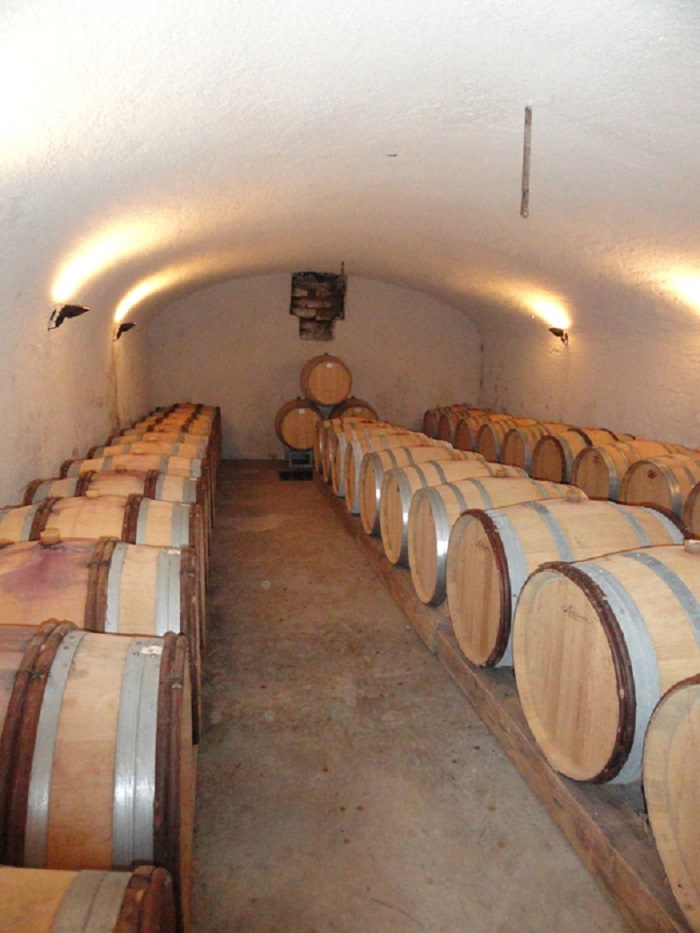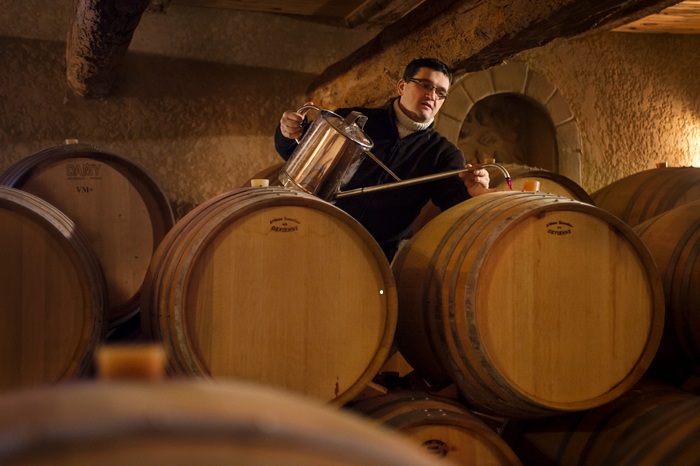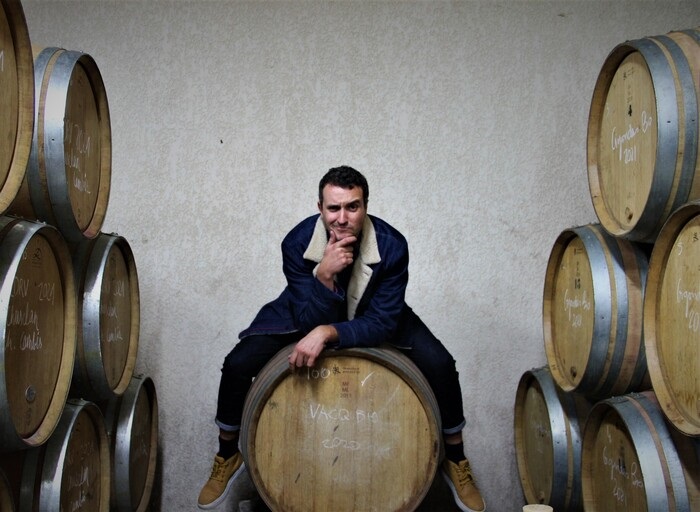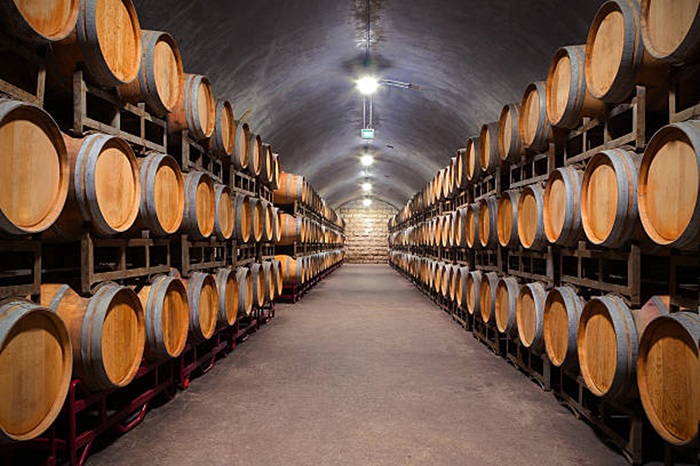You spied an older vintage on your host’s table or the wine list, and now you are intrigued. Will it be a sensory delight of mature aromas and textures or a disappointment of oxidized, tired, vinegary liquid? Brushing up on a few things about maturing wine would significantly improve your chances of reaping the rewards of your foresight.
Start from the top: most wines are not meant to be aged. So what wines can mature? In general, a wine of any colour has to have the key structural elements to foretell its longevity: sometimes sweetness, but always the acidity, dry extract and/or tannin, alcohol, the fruit intensity and persistence, all in right proportions, in balance. A track record is hugely helpful. There are many New World contenders in play today. But the European classics with centuries of a head-start still hold the mantle of the outcome predictability when cellared – top Bordeaux, Burgundy and Rhône, Champagne, Vintage Port, Mosel and Rheingau to name just a few.

What are the ideal cellaring conditions?
In short, a steady temperature between 8°C to 14°C, no vibrations, no or low light and air movement, and elevated relative humidity to keep the cork moist. Keeping the bottles on their side also works to that end.

How does the wine change with time in the cellar?
Broadly speaking, there are two trajectories – many will age, that is slowly shed some of their initial overall structure and fruit, turning into an older version of themselves, still a different and more nuanced experience. But some will actually develop – initial balance evolving into harmony with the nature of fruit completely changing from its starting point. All reds will turn lighter and browner in colour and shed some tannin, hence the sediment in the bottle, and all whites would instead darken and may precipitate some tartaric acid as wine crystals. But it is the top red Burgundy that will morph from identifiable structure components with youthful cherry and beetroot into a seamless underbrush- and truffle perfumed amalgam on the palate. Axiomatically, the wines from the grapes’ marginal climates are more likely to take the “development” pathway. It is helpful to know a given area’s vintages strengths, but making use of drinking windows in the tasting notes is always a very useful shortcut.

How do you treat mature wines properly to avoid spoiling the years of patience by fumbling the very last step?
The whites usually do not need decanting, although if you notice sediment, treat them then as you would a red – make sure to let the sediment settle, and decant the wine, erring on the safe side – don’t try to squeeze the very last drops off the sediment. The lighter reds, e.g. Burgundy do not always throw heavy sediment. However, it still might be worth decanting anything older than 10 years, leaving a little in the bottle to allow the wine to show its best.
Do you have to mature the age-worthy wines?
It’s partly a cultural decision – for example, historically the French have enjoyed even the Classed growths young. But mostly, it’s a matter of personal preference. In addition, many cellar-worthy wines today, be it a Chablis, St.-Émilion or even Port, do not have to be aged and are far more approachable and enjoyable early in their life than decades ago, thanks to climate change and advancements in the vineyard and the cellar. However, if you have never experienced those wines fully matured, you are missing out on something special. To help you enjoy the journey as well as track a wine’s progress, I always suggest getting at least three bottles, opening one right away, and the others – near the book ends of its drinking window.
While it all may sound like a series of chores, it really does not have to be. Maturing wine may not be for everyone, but there is a lot of fun and sensory payoff to be had if you find the prospect intriguing and are willing to apply a few useful bits of information to greatly improve your odds of success.

Toronto-based IGOR RYJENKOV MW was the first in Canada to earn the prestigious Master of Wine credential in 2003. His wine business expertise has been informed by 24 years with the LCBO, first in retail, then in key buying positions, and lastly, in projects, most notably, developing the new 5-dot wine style matrix.


